Togo
Things to Do
Bassar
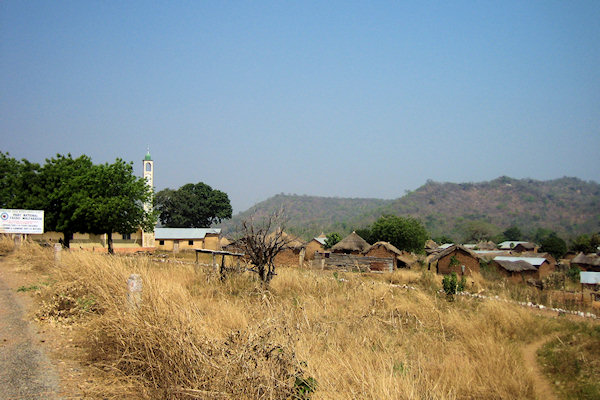 |
|||||
Dominated by arid mountains, furrowed rivers, the area of Bassar offers splendid panoramas on a
zone of raised savannas.
The area is famous to be the center of the culture of the yams.
Ground of Bassar, as that of Bandjéli concealed iron ores which were exploited very early by the local
populations. The area is famous for its technique of the cast iron and its blacksmiths. Before
independence one counted more than 500 furnaces in the region.
Make sure to pay a visit at Bandjéli, a very beautiful traditional cheffery
After the audience with the head, one can visit the boxes of its residence which are very nicely
decorated with paintings.
Kara
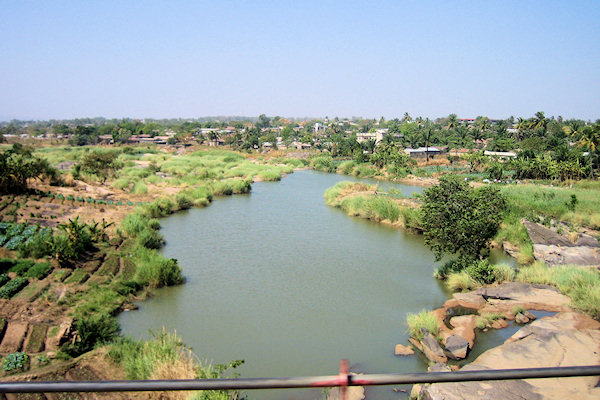 |
|||||
Kara is a city in full expansion.
It quickly became a modern center of administration and production within the framework of the
objectives of the government to create infrastructures in all the areas of the country.
In the east are the Kabyés Mounts which will emmeneront you through the old colonial tracks with
discovered populations and local arts and crafts (potières and blacksmiths).
Kabyés tribe
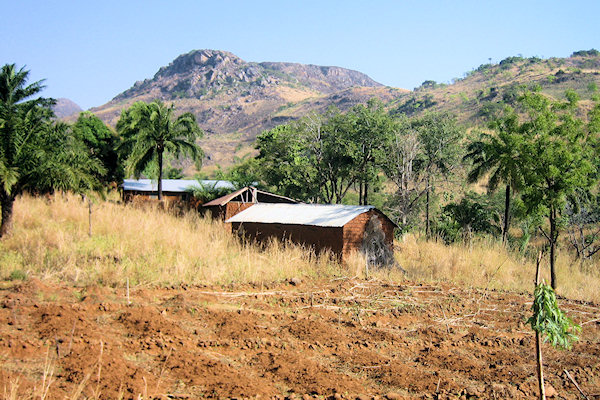 |
|||||
It is in the area north off Kara that one finds one of the ethniques groups of Togo:
the Kabyés.
Kabyés are classified among the most former populations of Togo. At the origin, each grouping bore a
name related to its territory. It is only with the conquest of the Kabyè solid mass by Tems that
the name of "Kabyè will appear" which will change by use into Kabyè.
Colonization will fix this name in a final way extending it to the groupings of North and the East.
These people of farmers are also called the "farmers of the stones". This nickname was given them
in reference to their fields built in terraces, supported by stone low walls which avoid the gullying of
the grounds.
Kabyès still make perdurer today many ancestral traditions related to the initiative rites like the
fights evala whith boys or Akpéma ceremony with girls.
There is a nice museum; showing pottery, masks and some old pictures.
Traditional dance
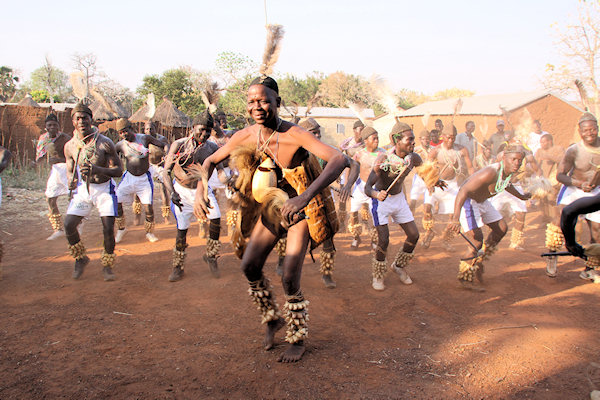 |
|||||
As, formely part off a original initiative rite, nowadays the different villages compete to be te best
in this Traditional dance.
We did visit one off these groups in a nearby village.
Tamberma Valley
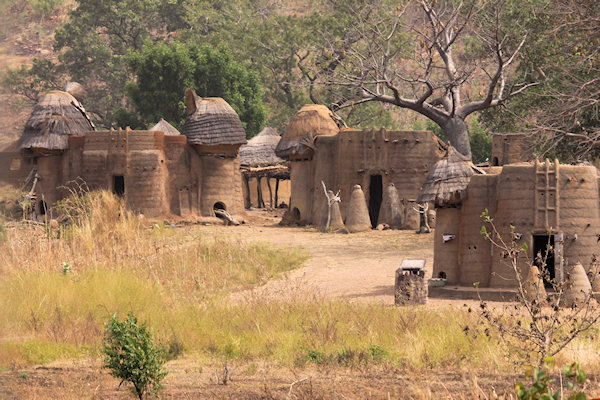 |
|||||
The Tamberma Valley has a unique collection of fortified villages, founded in the
17th century to deter the Dahomeyan slave-hunters from Benin.
A typical Tamberma compound, called a tata, consists of a series of towers connected by a
thick wall with a single entrance chamber, used to trap an enemy so he can be showered with arrows.
The structures' castlelike nature warded off neighbouring tribes and the colonising Germans. As in the
tata somba nearby in Benin, life in a tata takes place on the protected roof terrace.
Skilled builders, the Tamberma use only clay, wood and straw - and no tools.
The towers, capped by pituresque conical roofs, are used for storing corn and milet.
There may be a fetish shrine in front of the compound, as well as animal skulls on the walls inside.